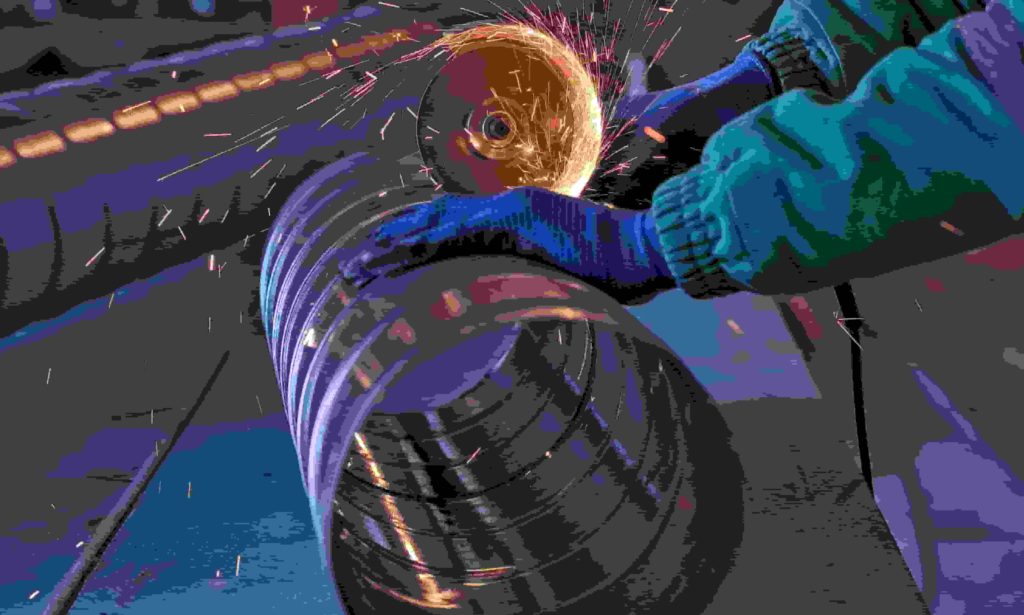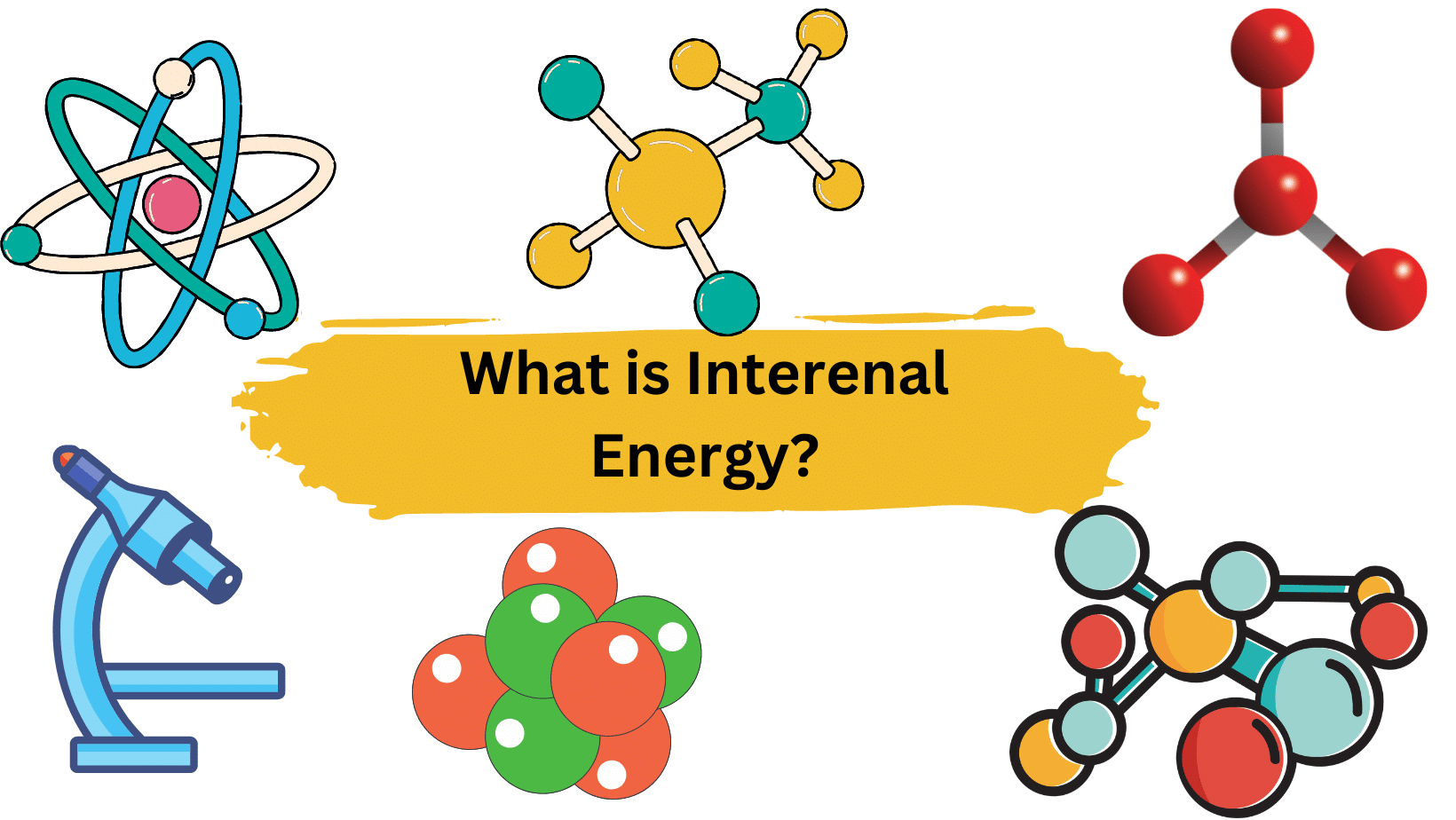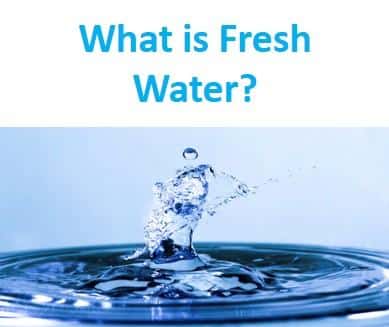Flaring is a process of controlled combustion of natural gas during the extraction of oil. Although inefficient and polluting, this process is still practiced today because it is generally a safe method of the accompanying gas produced by oil production. In addition, using gas associated with oil production requires economically viable markets for companies to make the required investments to capture, transport, treat, and sell the gas.
Furthermore, by burning any extra gas, operators at oil refineries can de-pressurize their equipment and handle unpredictable and huge pressure variations.
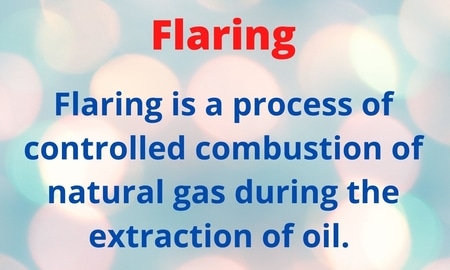
Table of Contents
How does gas flaring work?
During flaring, excess gases are mixed with steam and/or air, and burnt off in the flare system to create water vapor and carbon dioxide. The method of combusting these waste gases is comparable to the burning of liquefied petroleum gases (LPG), which is also used as fuel for home cooking.
A flare stack produces a fire as part of controlled burning taking place for a few typical reasons:
- Helps to stabilize pressure and flow from a well.
- Assist in managing waste gases.
- In safety or emergency situations excess pressure could be released through a flare stack.
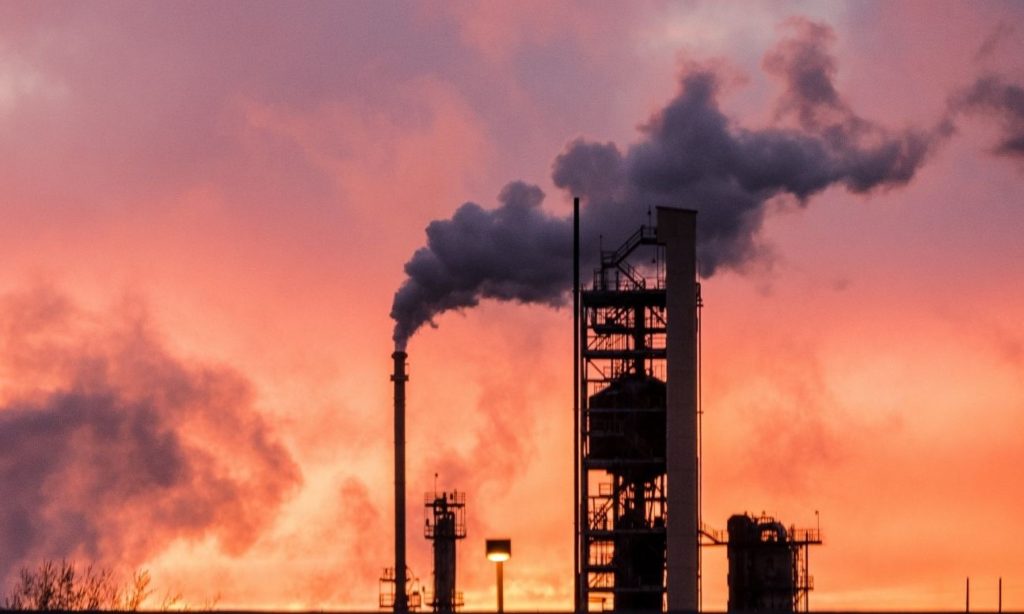
How to Avoid Flaring?
- Oil operators can re-inject associated gas back into the ground or build the infrastructure needed to capture, store, and transport the associated gas to market.
- Governments should put in place effective regulations and policies to incentivize and encourage gas flaring reduction
- Companies can reduce routine flaring by finding uses for the gas, instead of burning it. Capturing this gas gives operators an opportunity to produce more energy.
Purpose of Flaring
The flare stack’s main purpose is to combust vent gas—a large portion of which is methane. When methane (CH4) is burned, it produces carbon dioxide (CO2) and water (H2O). A famous combustion reaction is well known.
When it comes to warming the earth over a 100-year period, methane is 25 times more harmful to the ecosystem than carbon dioxide. This explains why methane combustion is so critical. Flare stacks must be tuned for combustion efficiency so that as much methane as possible is burnt, converting it to carbon dioxide and reducing long-term carbon dioxide equivalent emissions.
Summary
- Flaring is a process of controlled combustion of natural gas during the extraction of oil.
- Flaring is used to eliminate harmful gases with minimal environmental impact. However, methane emissions caused by inefficient flare burning contribute considerably to global warming.
- Alternatives such as piping the gas to a facility or capturing and using the gas on-site are attracting a lot of attention.
Related Links
Heat Flux-An Overview
Thermite Welding- An Overview
Power Units- The Basics
Thermal Energy Equation- Simple Overview
Momentum Equation| Definition and Examples
Frequently Asked Questions
1. Do biofuels create greenhouse gases?
Biofuels burn cleaner than gasoline, resulting in lower greenhouse gas emissions, and, unlike certain fuel additives, are completely biodegradable. Cellulosic ethanol has the potential to reduce greenhouse gas emissions by as much as 86% [Reference]. Please check another related article “Alternative Fuel Vehicles”.
2. Is LPG environment-friendly?
The combustion of liquified petroleum gases (LPG) such as propane is more thorough and efficient than that of gasoline or diesel, resulting in significantly less carbon monoxide and hydrocarbons. The majority of the emissions from an LPG engine’s exhaust are carbon dioxide and water.
3. Is using thermal mass is also good for the environment?
Using thermal mass is also beneficial to the environment since it minimizes the carbon impact. Furthermore, thermal mass materials can aid to cut heating and power expenditures.
4. Why is flaring necessary?
Flaring occurs when crude oil is extracted from the subsurface and natural gas is brought to the surface. Flaring is used to dispose of combustible materials, mostly methane, as well as to reduce odor irritation, health risks, and negative environmental implications.
5. How much does flaring contribute to global warming?
Gas flaring is a major source of greenhouse gases (GHG) that contribute to global warming, possibly increasing the carbon footprint and leading to climatic change and harsh living circumstances on Earth if not handled effectively.
More Links
References
[1] M. R. Johnson and A. R. Coderre, “Opportunities for CO2 Equivalent Emissions Reductions Via Flare and Vent Mitigations: A Study for Alberta, Canada,” Int. J. Greenh. Gas Con. 8, 121, (2012).
[2] “Oil and Gas Transportation,” U.S. General Accounting Office, GAO-16-667, August 2014.
- BCl3 Lewis Structure in four simple steps - November 1, 2023
- PH3 Lewis Structure in four simple steps - October 8, 2023
- PF3 Lewis structure in four simple steps - September 24, 2023

